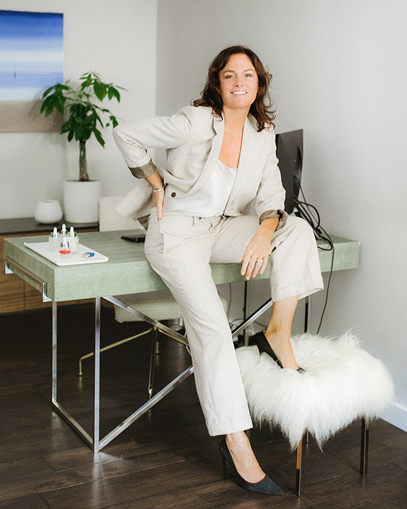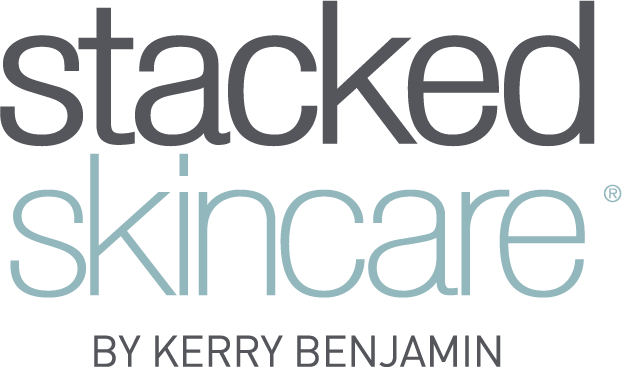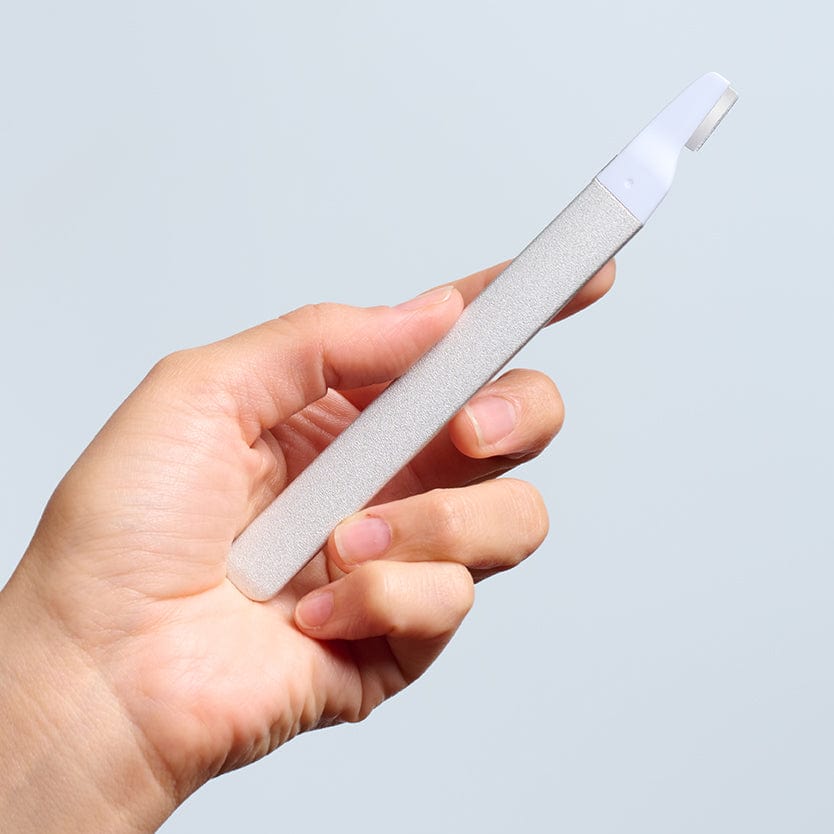Acne Or Allergy: Decoding Little Bumps
Written by Kerry Benjamin

Acne Vulgaris
Let’s start with acne, shall we? Acne vulgaris, or “common acne” is something we’ve all faced at one time or another in our lives. Acne most often develops on the face, neck, chest, and back, and most of us are pretty good at recognizing it for what it is.
Non-inflammatory forms of acne include acne mechanica, blackheads, and whiteheads. Acne mechanica (aka “sports acne”) occurs when skin is exposed to excessive moisture and friction. Blackheads develop when comedones open at the skin surface and the sebum oxidizes, making it appear black. Clogged comedones that stay closed on the skin’s surface prevent hair follicles from opening and pop up as whiteheads.
In more severe cases, acne may develop into pustules or nodules that should be treated by a dermatologist. An especially irritated whitehead may become an enflamed pustule, surrounded by a red ring and filled with pus. Nodules aren’t filled with pus, but are big, firm, and painful to the touch.
Acne treatments range, but most mild acne can be prevented by using acne products like those in my Total Acne Power Stack, wearing breathable fabrics under sports equipment, and showering immediately after sweaty activities. Always avoid picking or squeezing!
Keratosis Pilaris
Another common skin condition, keratosis pilaris or “chicken skin” is often confused with acne but is actually just keratin build-up that appears as white, red, pink, or brown bumps. Keratosis pilaris most often appears on upper arms and thighs in adults and sometimes on children’s cheeks. It tends to appear on dry skin, which means it might be especially noticeable in the winter and usually clears up somewhat during summer. Conditions like asthma, eczema, obesity, and hay fever can make keratosis pilaris worse. Because it’s harmless, painless and not contagious, no treatment is necessary. However, if your bumps are especially annoying or unsightly, a regimen of peels and creams can help. Read more about how to treat KP here.
Miliaria
Miliaria, or heat rash, manifests as red or pink dots and tiny pimples typically found on the head, neck, and shoulders where sweat ducts are blocked and swollen. It’s especially common in hot, humid climates and can be very itchy and uncomfortable. Although it does not typically require medical treatment, if you develop heat rash, it’s important not to itch and scratch because doing so can lead to serious skin infections. Relieve symptoms of miliaria by wearing light clothing, letting skin air dry, and avoiding heavy moisturizers. Contact your doctor if it doesn’t clear up in a week or if you notice signs of infection.
Milia
Have you ever had a mysterious white bump suddenly pop up under your eye? Chances are, it was milia. Milia occurs when keratin produced by the skin becomes trapped at the base of a hair follicle, forming tiny, painless cysts. There are two types of milia: primary and secondary. Primary milia forms directly from entrapped keratin and is common on both adult and infant skin. Secondary milia develops as a result of skin trauma like burns and prolonged sun damage. Milia is extremely common in newborn babies and heals itself rather quickly. Although adult primary milia typically lasts longer, don’t try to get rid of it yourself! Milia sits under the surface of skin, so no amount of squeezing is going to help. If it doesn’t clear up on its own, a dermatologist may recommend physical extraction, where they use a tiny needle to poke a hole in the skin and then gently pull the keratin plug out.
Bumps bringing you down? Let me know in the comments or go see your dermatologist today.
About the Author

Kerry Benjamin, a licensed aesthetician, has over 12 years of experience. Kerry is the driving force behind StackedSkincare. As the company's CEO, Kerry has dedicated her career to revolutionizing skincare. Her innovative approach combines peels, serums, and specialized tools toeffectively address a wide range of skin concerns. CA LE license number Z98459.

